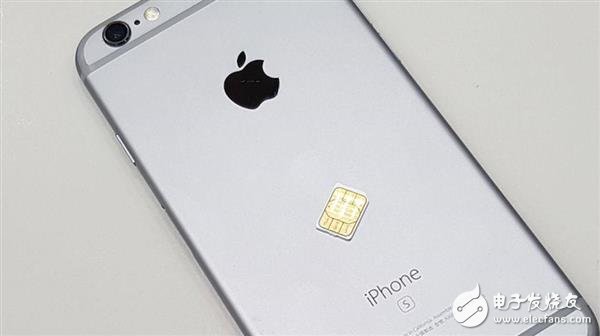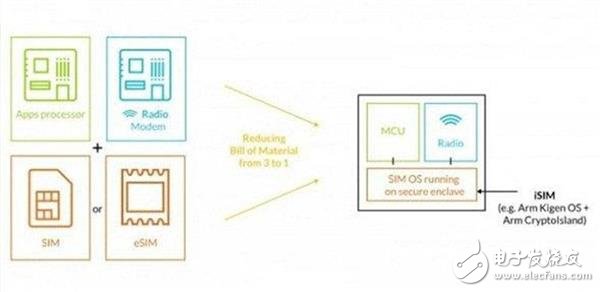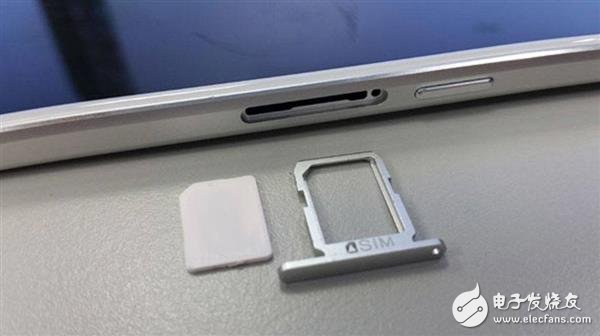The SIM card has long been an essential component for mobile communication, storing critical information such as the IMSI (International Mobile Subscriber Identity), authentication key KI, and the user's phone number. However, with the rise of new technologies, the concept of a virtual SIM card is gaining traction. Recently, ARM introduced its own iSIM technology, signaling a shift toward more compact and integrated mobile devices. This innovation could revolutionize not only smartphones but also smart home systems and wearable gadgets.
ARM’s iSIM technology represents a major leap forward by embedding the SIM functionality directly into the SoC (System on Chip) of ARM-based devices. This integration reduces the physical footprint inside the device, freeing up valuable internal space. Unlike traditional SIM cards, which are removable and require a dedicated slot, the iSIM is securely embedded and cannot be easily tampered with or removed. It also includes secure encryption to protect sensitive data, making it a more reliable and efficient solution.

While most people are familiar with the traditional SIM card, many may not realize how crucial it is for mobile connectivity. Every time you make a call, send a message, or access mobile data, the SIM card plays a vital role. Despite its small size, it holds important user data that ensures secure and personalized service from your carrier. However, as phones become thinner and more advanced, the need for a smaller, more integrated solution has grown.
Enter the e-SIM — a more modern alternative that can be embedded directly into the device. Unlike regular SIMs, e-SIMs do not require a physical slot, allowing manufacturers to design slimmer and more streamlined devices. Users can also switch between different carriers or update their SIM profiles remotely, offering greater flexibility. This makes e-SIMs especially appealing for wearables and IoT devices, where space is at a premium.

The evolution from standard SIMs to nano-SIMs, and now to e-SIMs and iSIMs, reflects the ongoing trend of miniaturization and integration in mobile technology. Traditional SIMs were once large and cumbersome, but over time, they have shrunk significantly. Today’s nano-SIMs are just over 12mm in length, yet they still serve the same purpose. With e-SIMs and iSIMs, the next step is to eliminate the need for any physical card altogether.
ARM’s iSIM and the broader e-SIM movement share similar goals: reducing hardware complexity, improving security, and enabling more flexible network management. These technologies are particularly well-suited for the Internet of Things, where devices often operate without user intervention. Smartwatches, fitness trackers, and even smart home appliances could benefit from the convenience and reliability of embedded SIMs.

Although the benefits of e-SIM and iSIM are clear, there are still challenges to overcome. Carriers are hesitant to fully embrace these technologies due to concerns about customer retention and control. Features like number portability may take time to roll out. However, as demand for smarter, more connected devices grows, we can expect these innovations to become more widespread, especially in the wearables and IoT sectors.
Servo Lifting Column,Mobile Column Lift,Lifting Column Actuator,Industrial Lifting Equipment
Kunshan Zeitech Mechanical & Electrical Technology Co., Ltd , https://www.zeithe.com